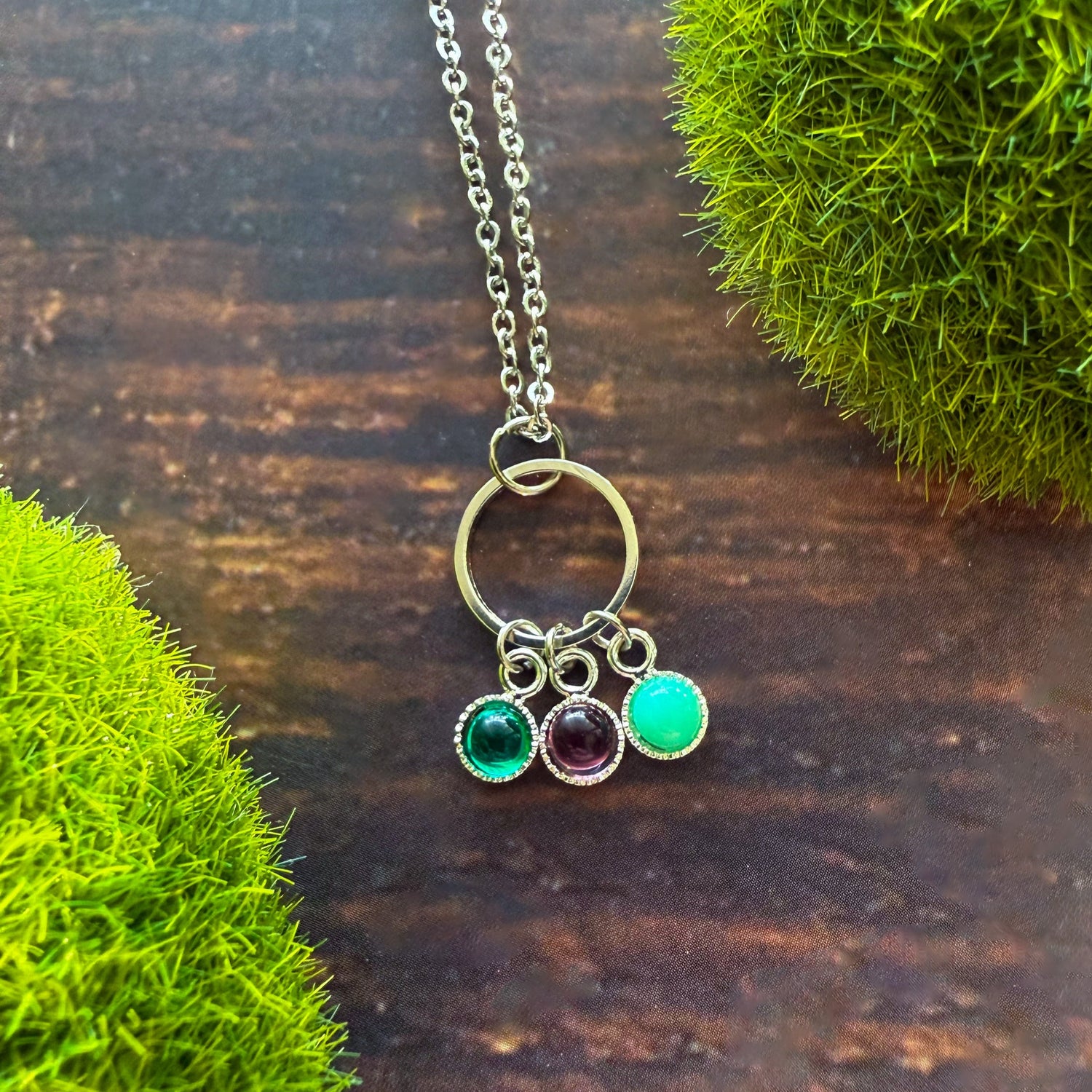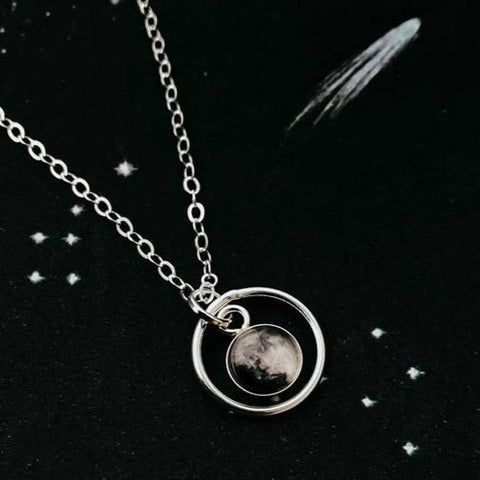
Happy Anniversary, Apollo 16!
Share
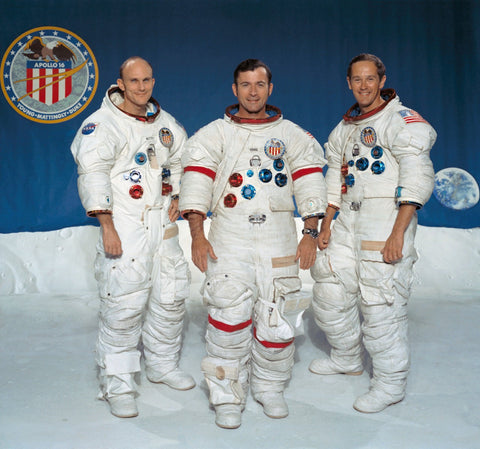
Left to right: Thomas K. Mattingly II, John W. Young, and Charles M. Duke Jr.
On April 16, 1972, the fifth space mission intended to land humans on the Moon, Apollo 16, was successfully launched from the Kennedy Space Center. In charge of the crew was astronaut John W. Young, with astronauts Thomas “Ken” Mattingly II as Command Module Pilot and Charles M. Duke Jr. in the Lunar Module Pilot seat. Fun Fact: This lunar module was dubbed "Orion".
Apollo 16 was also the second flight of the Lunar Roving Vehicle (LRV), which was an electric vehicle (or "Moon buggy") designed to operate in the low-gravity vacuum of the Moon, allowing astronauts to extend their exploratory reach of the lunar surface. The LRV was only used in the Apollo program for missions 15, 16 and 17.
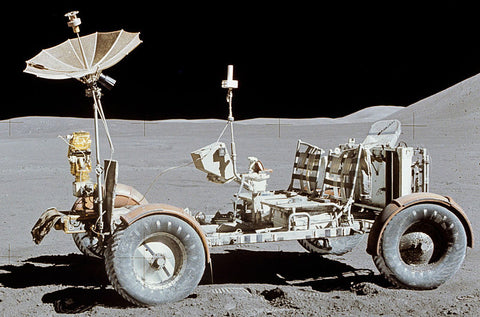
The primary objective of Apollo 16 was to investigate the lunar surface in the Descartes highlands area specifically because it was considered to be an accurate representation of much of the Moon's surface. The astronauts collected samples, took photographs and conducted experiments to gain more information about the mysterious Moon make-up. Fun Fact: This mission included the first use of an ultraviolet camera/spectrograph on the Moon.
Lunar surface activities lasted a little over twenty hours, although the astronauts were on the Moon for about seventy hours total. Approximately 210 pounds/95 kilograms of samples (the equivalent of a baby elephant) were collected thanks to the LRV's ability to cover almost 17 miles/27 kilometers of terrain. In fact, the crew brought back the largest lunar rock ever collected, nicknamed "Big Muley".
Did you know there is a family picture on the moon? Duke was the youngest person to ever step foot on the moon and left a portrait of his family behind to leave his mark.
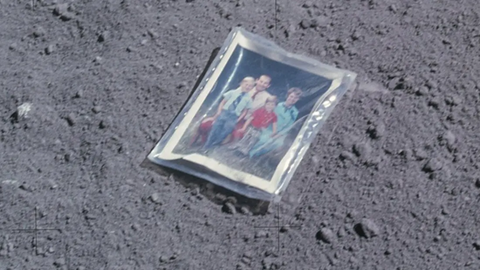
Want a more in depth look at the Apollo 16 mission? Check out this link!
xo
B
B
P.S. You know the moon inspires our jewelry everyday, right? Check out what's new!
